The Benefits of being Indecisive
Indecisiveness is a very common trait. Although some people can be quick to make judgements and decisions, others can struggle to weigh up the options, or perhaps even avoid making the decision at all! But, being indecisive isn’t necessarily a bad thing…
Although indecisiveness can be linked to conditions like anxiety, recent research suggests it can actually protect us from common cognitive errors, for example, allowing our brains to jump to conclusions based on predetermined opinions or previous experiences (also known as confirmation bias).
Psychologists have created numerous scales to measure indecisiveness where you rate a series of statements on a scale of 1 (strongly disagree) to 5 (strongly agree) such as:
I try to put off making decisions
I have a hard time planning my free time
I often worry about making the wrong choice
Although scales such as this do what they say on the tin, we’ve found they can be very linear in the results they produce, and ironically, can be very difficult for indecisive people to answer due to them potentially being situationally dependent.
A scale that psychologists use as an alternative to ones that solely measure indecisiveness is the Trait Ambivalence Scale by Schneider, Novin, van Harreveld, and Genschow (2020). Trait ambivalence looks more specifically at the thoughts and feelings underlying someone’s judgement and decision making; or indeed, a lack thereof.
To measure someone’s level of trait ambivalence, the scale asks people to rate statements such as:
My thoughts are often contradictory
Many topics make me feel conflicted
I often find that there are pros and cons to everything
If you resonate with these statements, you probably score high in trait ambivalence. Someone with high trait ambivalence may appear indecisive on the surface, but actually, their brain is working hard in the background weighing up all the different options. Therefore, a person’s ability to make a quick decision, relies on their level of trait ambivalence.
You can find out how you score on the trait ambivalence scale here.
The Benefits of Indecisiveness
Although it may take someone with high trait ambivalence longer to make a decision, they are much less prone to various biases when they do make one. For example, say you meet someone for the first time and you guess that they’re an extrovert. Given your initial judgement, which of the following two questions would you ask?
Do you like spending time at home alone?
Do you like going to parties?
The second one right? But this is a sign of confirmation bias. This occurs because your brain is looking for the information that reinforces your assumption. Research has found that those who are high in trait ambivalence are less likely to do this. Instead they interrogate their assumption and ensure they have all the information before picking a question to ask.
People that score high in trait ambivalence have also been found to be less prone to correspondence bias. Correspondence bias is the tendency to ignore the context of someone’s behaviour and to instead attribute any failures and successes directly to the person themselves. For example, say someone slips over, someone with low trait ambivalence may conclude that they are clumsy, whereas someone with high trait ambivalence may consider that the floor could be slippery.
The general experience of being ambivalent should therefore be embraced. It gives people the necessary time to pause and consider all the options before making a decision and as a result, decreases the occurrence of regret further down the line. In fact, research has shown that people who look at both sides of every issue, can potentially make better and more accurate choices.
How much is too much?
As with most things, there is a balance that needs to be struck when it comes to trait ambivalence. Excessive ambivalence has the potential to cause problems with those scoring higher on the scale easily becoming overwhelmed when making important decisions.
One way to help those with high ambivalence is when it comes to decision making, it set a time limit to make a decision by. Spending too much time ruminating on different options can become counterproductive, setting yourself a time limit in which to make a decision avoids any unnecessary stress and time wasting.
For those still struggling, taking a leaf out of economist Steven Levitt’s book may be worth a shot. Levitt set up a website where people described various dilemma’s they were facing in their lives; for example, whether they should move house or quit their job. Participants were then asked to flip a coin, the outcome of which would tell them whether or not they should make the change.
When following up with the participants later down the line, Levitt found that many people had taken the plunge and in essence, did what the coin told them to do. Those people reported being significantly happier than those who didn’t make a change.
In this study, the coin had simply acted as a small nudge to help them overcome their ambivalence and worries about making the wrong decision. Breaking through the hesitancy is normally all that people need to make a decision.
In Summary: being indecisive isn’t always a bad thing. Scoring high on the trait ambivalence scale simply means that you weigh up all the options when making a decision, and decrease the chance of regret further down the line.
You can access more content like this with a T2 Hub licence.




